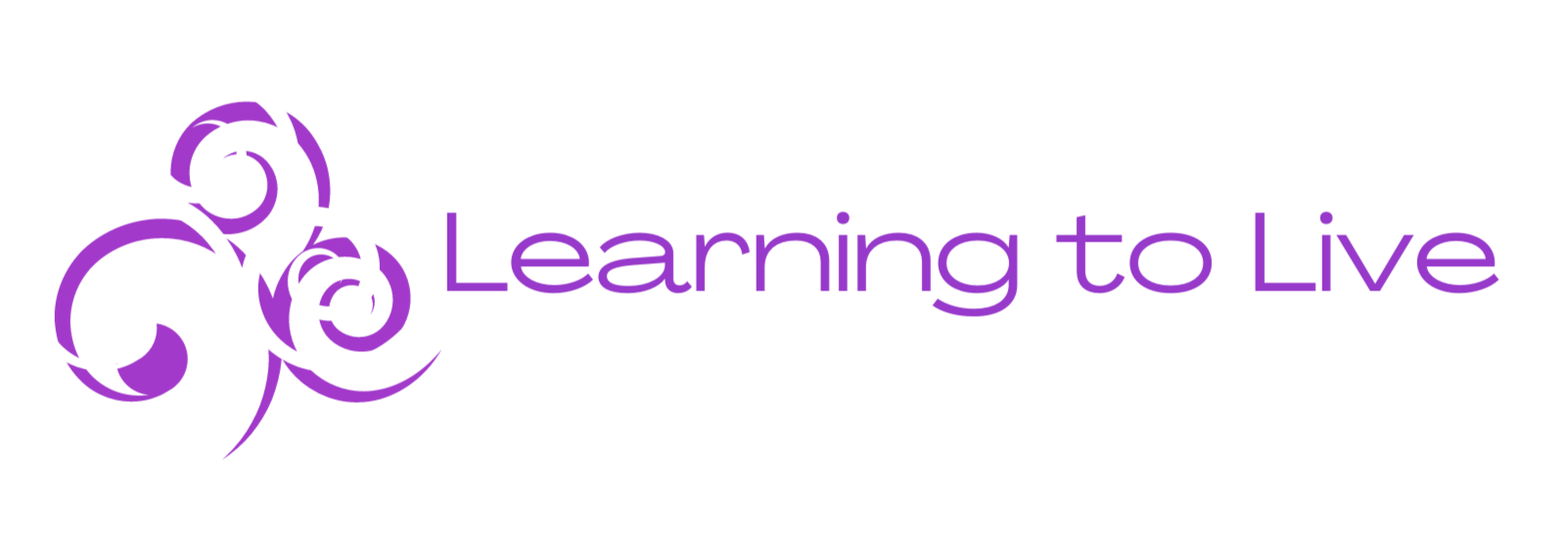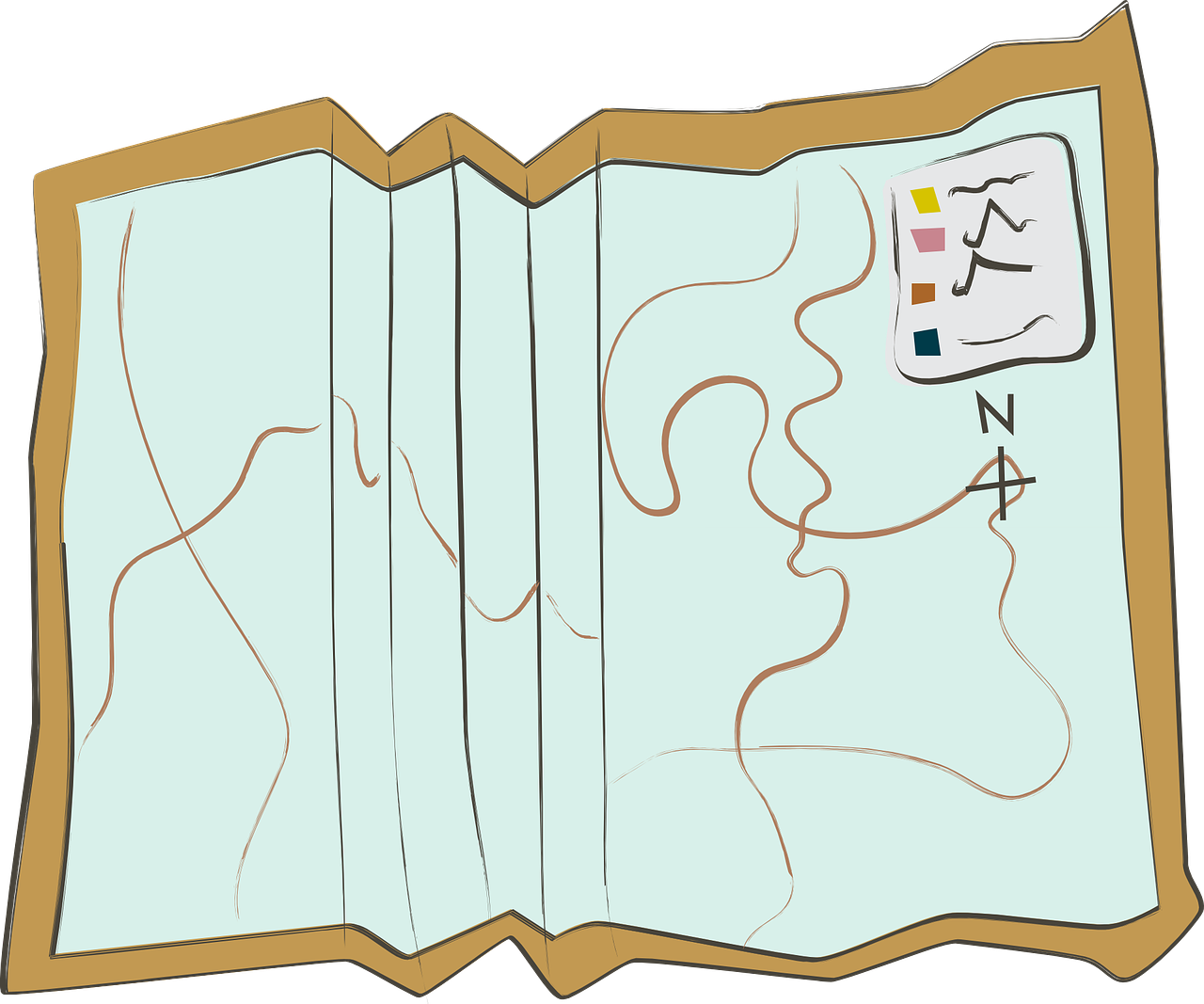Another Way to Educate
Jul 29
/
Isabel Dennis
Collaborative models offer a different approach, a middle ground, where every person contributes to the whole in a way that benefits both the whole and the individual. While the collaborative process definitely takes longer, is a little messier and requires different skill-sets of discovery and openness, the outcomes are more fruitful, sustainable and create win-win solutions for all.
Below is an overview of my first experience facilitating sessions using collaborative models. It includes the lessons and the thoughts for future applications.
Below is an overview of my first experience facilitating sessions using collaborative models. It includes the lessons and the thoughts for future applications.
Un-conferencing Experience
I stumbled into a collaborative concept when I was searching for another way to organize learning spaces or schools. My first conscious example of a collaborative space was called un-conferencing which is a documented organized way of setting up meetings and spaces where the people in the room are in control of the content in a way that suited their own needs. A few years later I stumbled into Kalinda (stick fighting) that showed me a local, lived, and tested over time example of collaborative organizing models.
To investigate how this could work and what it would mean, I hosted a series of meetings around the Future of Education in Trinidad and Tobago. While I had some challenges, I found that a certain magic occurs when human beings gather together and are encouraged to slow down, collaborate and create connections that they may not have noticed or formed in another space. Interestingly enough, I found this same magic years later in Kalinda which cemented my appreciation for slowing down to truly understand the definitions behind the words that are spoken to find commonalities and build alternative futures that work for everyone.
The Journey
The journey of hosting meetings using this ‘new’ leadership style was as scary as it was exciting. The first meeting I hosted was carded for three hours and every second of the meeting was planned. I had worked out contingencies for contingencies and was ready to have a collaborative self-organizing conversation about education.
Looking back on that meeting I can’t help but laugh because that meeting was nowhere near what a self-organizing experience should be; I controlled the entire thing from timing to content. To be fair to me, the meeting was far from a complete flop as all participants left happy that they came and one even suggested that I conduct another meeting like this on a national scale; however, it was not a collaborative self-organizing space.
After an autopsy of the first meeting I planned the second which was much closer to a self-organizing space. In the second meeting participants dispersed and reconvened on their own and according to the schedule which was exactly the opposite of what happened in the first meeting where I had to shout and nag participants to follow the schedule. By the time the fifth meeting came around I had complete confidence in the fact that if given the right environment, ie a safe space where it is encouraged to be open and honest, people would discuss, debate and seek out the commonalities in their ideals despite their differing life choices.
The Lessons
This roller coaster of a journey taught me many things about myself, people and society of which I will share three that rocked my soul:
1. Despite the fact that I was fully aligned with the theory of collaboration, the practice required skills and attitudes that did not come naturally to the way I operated. During this period I got to notice my rigidity, and realized that although I thought I was open to collaboration and co-creation, I generally wasn’t. One of the first things I noticed about myself was that I usually listened with judgment. On the surface this may not appear to be an issue, but it is one of the four principles of hosting conversations or meetings as described in the Art of Hosting (Corrigan, 2010). Listening with judgment runs counter to the co-creation process as it limits the ideas that enter the conversation, which then limits the wisdom in the room. On the other hand, listening with curiosity opens up the conversation to discover central themes and new blends that may not have been obvious from the onset.
2. Upon further reflection I noticed that, despite my best intentions, I generally lead people in conversation towards a certain direction because I believe I knew ‘the one right answer’. I honestly thought that I was engaging people by getting them to articulate the ‘right answer’ however now, I am positive that it was manipulation as opposed to engagement (Holman, Devane, & Cady, 2007). Because I was able to notice my rigidity, I practiced letting go and was quite surprised at the amount of creativity and commitment that surfaced from the participants in meetings two through five. Although this is something I still struggle with, this learning allowed me to reduce the amount of instances in which I project my thoughts and ideas onto others so that I can actually co-create and let our collective genius shine.
3. By the time the fifth and largest meeting came around, I had become more comfortable with the process of creating a safe and open environment and had no problem with the fact that some people choose not to contribute to the discussion. I had overcome the intense discomfort of trusting people to be their own experts and became more comfortable with letting go and allowing our collective genius to shine.
This shift in my thinking helped create the environment that made it possible for participants to be highly involved in thinking through what changes needed to be made in our education system. This high level of engagement is one of two fundamental elements of whole systems change (Holman, Devane, & Cady, 2007) which I was exploring and beginning to understand in a more practical way. There were two reasons I was comfortable with the fact that not everyone contributed to the discussion: the first reason, was because I had welcomed everyone and allowed their voice to be heard in the beginning and at the end of the meeting; everyone had to say something at those times, and the second reason was because I explained in the welcome that the onus for the success of the meeting rested on each individual; it was up to them to bring up topics that they were interested in and direct the conversation. I received validation when at the end of the meeting all of the participants that did not contribute to the discussion approached me to thank me for creating the space and to share their appreciation of the meeting. Having had this experience it is a little easier for me to let go and trust that each participant actually has the experience they desire, even if it doesn’t look productive to me.
The Future
This journey was more a journey of self-discovery and trust in humanity than anything else.
It opened my eyes to the contradictions that exist between the theories I held and what I practiced as well as it gave me the opportunity to better understand the core concepts of Collaborative Organizational Models or the basic structures that allow us to be reminded of our humanness and gives rise to the collective genius that we as a species have forgotten how to tap into. My journey down this path began with those first meetings I hosted and continued into noticing the overlap within cultural traditions where I currently am excitedly exploring, understanding, and practicing these principles.
It opened my eyes to the contradictions that exist between the theories I held and what I practiced as well as it gave me the opportunity to better understand the core concepts of Collaborative Organizational Models or the basic structures that allow us to be reminded of our humanness and gives rise to the collective genius that we as a species have forgotten how to tap into. My journey down this path began with those first meetings I hosted and continued into noticing the overlap within cultural traditions where I currently am excitedly exploring, understanding, and practicing these principles.
Now imagine if every learning space had this magic of connectedness in it and if every Caribbean leader was able to create collaborative spaces in their governments? Imagine what Caribbean life would be in a space that was created for us and by us – one that celebrates us? We already have some examples in our cultural spaces so what are we waiting on?
Works Cited
Corrigan, C. (2010). Hosting in a Hurry (Version 1.1).
Holman, P., Devane, T., & Cady, S. (Eds.). (2007). The Change Handbook (2nd ed.). San Francisco: Berrett-Koehler Publishers, Inc.
Written: May 2014
Edited for publication: July 2017
New articles are published every Wednesday. Get the next one delivered straight to your email.
Thank you!
Want more?
Start Here | Yard | Knowledge Hub

Port-of-Spain
Trinidad & Tobago
868-741-4725
learningtolivecaribbean@gmail.com
Copyright © 2025
Write your awesome label here.
I did it!!!
We're glad you're here!

Write your awesome label here.
Join our waitlist!
Thank you!
